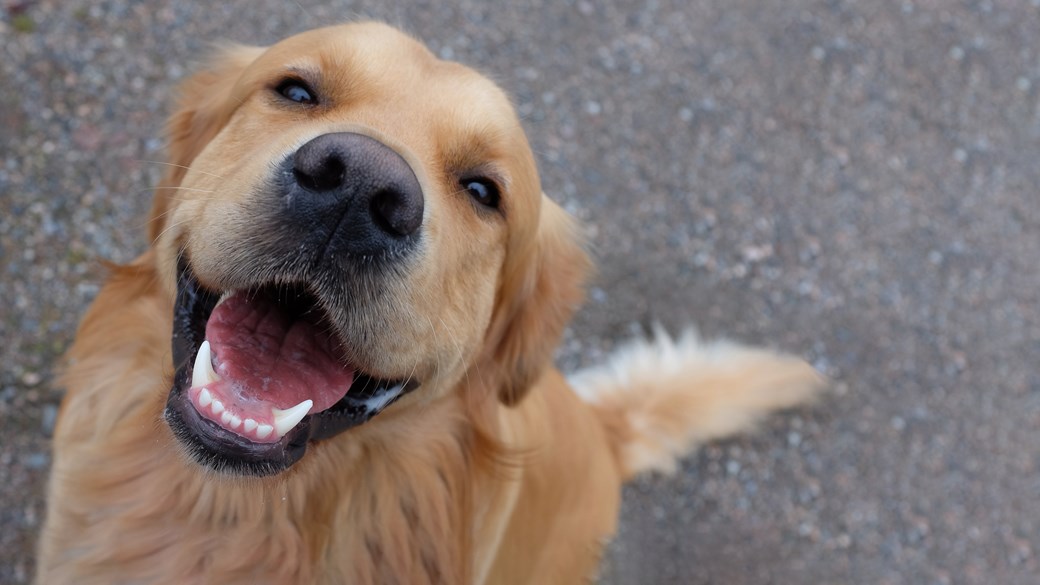
Brushing Cats' and Dogs' Teeth
Problem teeth can cause your pet all kinds of health problems
Dogs and cats need to be introduced to tooth brushing very gradually, ensuring that they learn to enjoy the experience. This may take longer in cats than in dogs.
Things you will need:
- Pet toothpaste (do not use human toothpaste)
- A pet toothbrush (medium bristles)
- Water
- A quiet area, with little or no distractions
- Patience!
Ask your vet for appropriate products or check out a range of products from our friends in store.
Each training session should last for five minutes and should be repeated on at least five separate days before moving on to the next stage. Every pet is different, so progress at a pace they are comfortable with. Please be careful inserting your fingers into your pet’s mouth. We do not recommend doing this with aggressive pets, or pets that are prone to biting.
Your step by step guide
Introduction to the taste of toothpaste
Wash your hands and smear a small amount of toothpaste onto your index finger. Allow your pet to lick the toothpaste from your finger. Repeat a number of times.
Get your pet used to contact with their mouth
Smear your index finger with toothpaste and then gently slide it into your pet’s mouth, letting it glide over the outer surface of the teeth and gums. Only go as far into the mouth as your pet is comfortable. Repeat a number of times.
Introduce the toothbrush - canine teeth first!
Prepare the toothbrush with water and toothpaste. Let your dog or cat lick some of the toothpaste off the bristles. Gently hold the mouth around the muzzle to stop them chewing if necessary. Start to gently brush the canine teeth (the ‘fangs’) only, using an up and down motion, with the brush angled towards the gumline. There are two on the top jaw and two on the bottom. At this stage avoid the front teeth (incisors) as this is the most sensitive area in the mouth.
The back teeth
As before - start by brushing the canine teeth, then slowly move along to the teeth behind them using a circular motion. Only go as far as your pet is happy with. Brush both sides of the mouth.
All teeth
As before, start by brushing the canines and then the back teeth. Hold the mouth closed around the muzzle and gently lift the upper lip with the thumb and forefinger bridging the muzzle to reveal the incisor teeth. Many pets are sensitive in this area so proceed very gently. Gently brush the front teeth using an up and down motion. Gradually build up the amount of time spent brushing. For maximum protection tooth brushing should be performed daily.
NOTE: inflamed gums can bleed a little on brushing. It is not painful itself, so persist with the daily brushing to calm the gums. They should no longer bleed after 2-3 weeks of good brushing. There is no substitute for daily tooth brushing, which is the only way to effectively remove plaque from below the gum line. However, in some cases brushing teeth may not be possible and we may recommend other measures such as plaque-reducing oral rinses, chews or dental diets. Beware of unsafe treats and toys such as sticks, hard toys, bones and antlers, which can all cause serious damage to the teeth and mouth.
